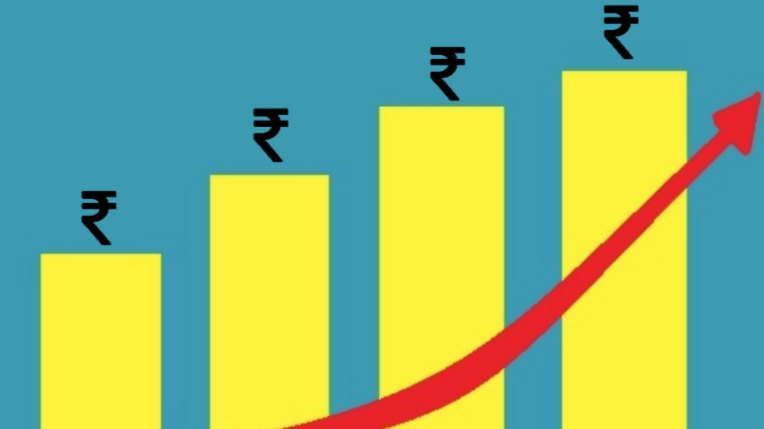SYNOPSIS
Sometime in the future, the RBI will have to communicate a shift in stance to neutral.
As Reserve Bank of India (RBI) governor Shaktikanta Das read out the monetary policy committee statement at 10am on 7 April, it was by appointment. And yes, the doctor did deliver the dose that the bond and equity markets were looking forward to. Let us take a look at the “doses” delivered.
Firstly, the “communication” function. Going into the policy review, the market was certain that the indicators that signal interest rates in the economy, namely repo rate and reverse repo rate, will be left unchanged. To support the pandemic-challenged economy, the RBI is committed to an accommodative stance, which means keeping interest rates low and system liquidity surplus to support the economy.
The market was watching out for the reiteration of the accommodative stance and till what point of time the RBI is extending it. The RBI governor stated that it has been unanimously decided to continue with the accommodative stance as long as necessary to sustain growth on a durable basis and continue to mitigate the impact of covid-19 on the economy.
This is a strong statement because rather than committing a few months or a couple of quarters, it is as long as necessary. That is, the helping hand is there as long as required.
WHATEVER IT TAKES
Apart from the communication on keeping interest rates low, there was another assurance. It was stated that the RBI “will continue to do whatever it takes to preserve financial stability and to insulate domestic financial markets from global spillovers and the consequent volatility”. In uncertain times, there may be volatility in global equity or bond or other markets, which may impact India. There may be an outflow of foreign investments. On these frontiers also, the helping hand is there.
Now, let us come to a technicality. The governments, both Union and states, have been running huge deficits to support the economy, and consequently issuances of government bonds to bridge the deficit are huge as well. To support the market, so that the government borrowing programme sails through without interest rates moving up significantly, the RBI has been conducting open market operations (OMOs). Under an OMO, the RBI purchases government bonds from banks.
In the latest policy review, the RBI has launched what it is calling a secondary market government securities (G-Sec) acquisition programme or G-SAP. Under G-SAP, the RBI has committed ₹1 trillion of purchases in Q1 FY22. This quantum is high; for a perspective, in FY21, gross OMO purchases, including state government securities, was ₹3.1 trillion. The RBI governor has committed a similar amount in FY22 and maybe higher if required.
This will support the issuance of fresh government securities, while keeping interest rates under check. Interest rates on government securities is the fulcrum, based on which interest rates on other securities are derived. This will help other borrowers like corporates and non-banking financial companies.
To look at the projections, inflation is expected to be 5.2% in Q1 FY22 and in the next three quarters, it is projected to be 5.2%, 4.4% and 5.1%, respectively. On average, it comes to 4.95% for the financial year. A projection of approximately 5% on consumer price index (CPI) inflation should be reassuring, as there are talks of commodity price inflation, crude oil prices being on the higher side, etc. The buoyant crop output of the last season helps, and for the next season, the south-west monsoon will be a key variable. The GDP growth for FY22 is expected to be 10.5%, before adding the inflation impact on the growth numbers.
IMMUNITY BOOSTER
Now, what does all this mean for you and me, apart from supporting the markets and the economy? If we have availed of a floating rate loan or looking at availing of a loan, rates are expected to remain stable, not move up in a hurry, by virtue of the support measures discussed above.
For your investments in equities and bonds, the RBI has delivered the immunity booster for the markets. To be noted, we are talking of stability, not reduction. Reduction of interest rates is over, as real interest rates have been negative for some time.
Inflation in FY21 was on the higher side—6.6%—driven by supply-side issues. It has moderated now and the RBI expects it to be around 5% this year, which is the saving grace. However, savers need to get a palpable positive return on their bank deposits.
Somewhere in the future, the central bank will have to communicate a change of stance from accommodative to neutral on interest rates. But as of today, the stance is to support the economy and markets.
Source: https://www.livemint.com/opinion/columns/the-rbi-offers-its-vaccine-to-the-market-economy-11617818040739.html


